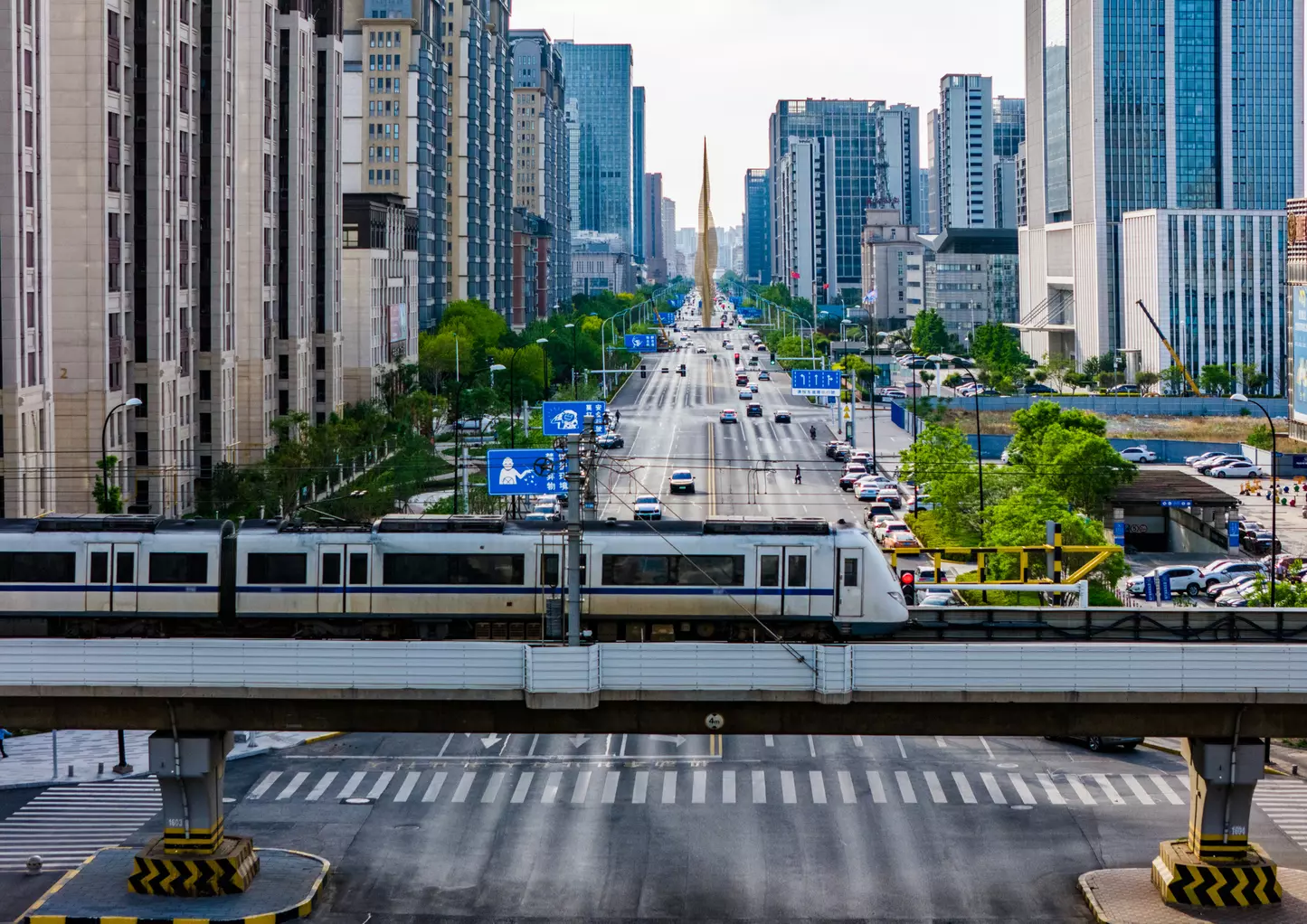Each year the Institute for Transport and Development Policy (ITDP) awards a world city with the Sustainable Transport Award (STA) for its actions in favour of non-motorised mobility during the previous twelve months. The title honours the most innovative and avant-garde projects that improve pedestrian and bicycle circulation, limit greenhouse gas emissions and guarantee accessible and safe urban spaces for all. From 2021 to 2024, the winning cities were Jakarta, Bogota, Paris and, last in time order, Tianjin, China.
Tianjin, a new model of mobility in China
A port city of over 15 million inhabitants, about 150 km from Beijing, Tianjin has deployed 'collective efforts to expand non-motorised transport and road infrastructure that improves pedestrian and bicycle connections to public transport', according to the ITDP note. An important recognition, which could trigger similar initiatives in other metropolises in the country, committed to achieving emission neutrality by 2060. In particular, 96 metro stations have been more effectively connected to the existing pedestrian, cycle and public transport networks, with work also carried out on the related services. Near these hubs, bicycle parking, green areas and bus terminals have sprung up (one of these is vertical and can be used by as many as seven different lines). Extraordinary maintenance work was carried out on 190 arterial roads (132 kilometres) to improve their surface and drainage, but above all their separation from non-motorised vehicle routes. A total of 216 square metres of bike lanes were repaved with polymer panels to better emphasise the split from the road layout. To complete the measure, 82.4 kilometres of tracks were installed to separate the different lanes.
Paris: streets and public spaces for people
Making streets and public spaces attentive to the needs of people rather than the needs of cars: the French capital has translated this desire into investments and political commitments, noted by the ITDP. The city administration took action by improving the cycle routes, leveraging the city's extensive Vélib bike-sharing service. New tracks totalling 130 kilometres were created, in addition to another 52 kilometres of cycle tracks that 'appeared' during the pandemic and were officially listed. It was then decided to implement an action to reclaim urban areas used as roadside car parks: by 2026, in fact, one every two will be converted into a green area, suitable for playgrounds and facilities for bicycles and shared mobility. A further aspect taken into consideration was safety. In fact, the city has adopted the Genre et espace public (Gender and public space) plan to make its spaces safe and accessible to the most vulnerable groups (women, children, the elderly and people with disabilities). With this goal in mind, 170 pedestrian-only paths were created in the vicinity of as many schools.
Bogotá: a further step forward
The Colombian capital has embarked on a long journey that, from the disastrous traffic situation in the 1990s, has led it to become a model for other cities, a transformation sealed by the first STA in 2005. Confirming its continued commitment to safe, accessible and sustainable mobility, Bogotá won the STA award for a second time in 2022.
The interventions carried out in the months leading up to the victory focused on the most vulnerable segment of the city's population: children and young people of school age. For those who walk or cycle to school, groups supervised by adults have been organised, while for those who use public transport, protected and alternative routes have been set up. In 2021 alone, the project made it possible for more than 6,000 students in the capital to reach their classrooms safely.
Jakarta: an integrated approach
After years of careful urban planning to promote alternative mobility methods to the car, the Indonesian capital became the first city in South-East Asia to receive the STA, in 2021. This methodical transformation took place with the involvement of the community. It was invited to express its needs and highlight critical issues in the numerous public assemblies organised for this purpose. Thus, the Jak Lingko project was launched, a public transport integration system that allows citizens to travel for three hours with a single ticket at a reduced fare on various public means of transport such as commuter railways, subways, short-, medium- and long-haul buses, airport rail link services and the traditional collective taxi, the angkot. At the same time, investments were made in the maintenance of pedestrian routes, to ensure safe connections and movement for the public: 205 kilometres of pavements were built, and numerous streets were converted into pedestrian-only areas. The bicycle network has been upgraded, with new routes covering some 63 kilometres, which can be cycled with the bicycles provided by the city's first bike-sharing service.
